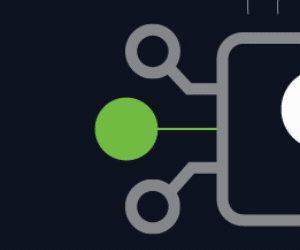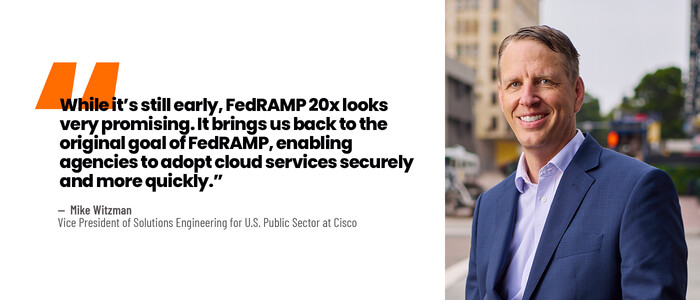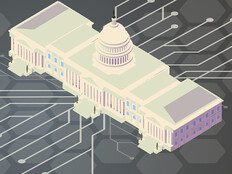FEDTECH: Identity and access management ties directly into ZTNA. What’s your perspective on where the federal enterprise stands and where it can improve in this space?
WITZMAN: Credential theft is still the leading cause of breaches, so identity management is fundamental. We’ve made progress; things like biometrics and passwordless authentication not only increase security but are also easier for users to adopt. That’s a win-win.
But we’re also moving toward identity threat intelligence and dynamic risk scoring. It’s no longer just who you are, but also what, where, when and how. Device posture and vulnerabilities change constantly, so we need real-time assessments and dynamic risk scoring that reflect the posture of the organization.
And after granting access, we need continuous monitoring. AI-driven behavioral analytics help detect unusual user behavior, but we also need to monitor nonuser devices — sensors, robots, autonomous systems — as they become more mobile and dynamic. These devices must be protected and monitored as potential attack vectors. And the important part is the network plays a dual role for those devices, both protecting them from bad actors but also monitoring them as potential launch points if a bad actor is able to compromise one of them.
LEARN MORE: AI-enhanced attacks require increased vigilance.
FEDTECH: Where should civilian federal agencies focus their cybersecurity investments right now?
WITZMAN: The basics still matter — patching, multifactor authentication, endpoint protection, robust encryption. But we also need automation and AI to scale operations. We are at the point where things happen faster than a human can respond, and we need AI to help manage those systems. The window between a vulnerability being published and exploited gets smaller every day, and generative artificial intelligence tools have lowered the skill barrier for attackers.
Agencies need to prepare for zero-day threats with real-time policy adaptation but also to keep their systems updated. Tabletop exercises and information sharing, via Information Sharing and Analysis Centers, are also critical for getting ahead of situations before you experience them yourself. Cybersecurity is a team sport. We have to play the sport before the incident happens. If we haven't, it's not going to go nearly as well.
Beyond the basics, agencies should simplify and modernize around network and security platforms with a goal of a holistic, zero-trust architecture with a consistent user experience and fewer policy configuration points.
UP NEXT: Read how the military uses MFA in the field.
For example, one of the top concerns today for CISOs and mission owners is users inadvertently exposing sensitive data by using any of the readily available public generative AI models. In the past, we would see a new threat, and we would develop a new solution to address the threat, so we would add one more thing to the security arsenal. But in this case, we need our security platforms to incorporate detection and control access to both public and private models. We also must place guardrails around the use of approved models. We don't want to rely solely on the security of the model itself. Our platforms must incorporate these capabilities instead of buying new solutions to address the problem. This approach will allow government to quickly incorporate the highly controlled government deployed models but also commercial off-the-shelf GenAI solutions where appropriate.
We’re also seeing the emergence of hybrid mesh firewalls, moving from managing dozens of appliances to hundreds or thousands of security enforcement points at the port or kernel level. With centralized policy and distributed enforcement, we improve performance and reduce complexity.
Last, observability and security monitoring should converge. Different groups will use different tools to monitor their piece of the IT puzzle. In reality, the same telemetry that we use to identity malicious traffic can also be used to manage user experience, system uptime and compliance. Using a single platform for all of these use cases improves visibility, breaks down silos and makes AI tools more effective across the board. With tight budgets and limited workforce, these improvements help agencies do more with less and raise their overall security maturity.















